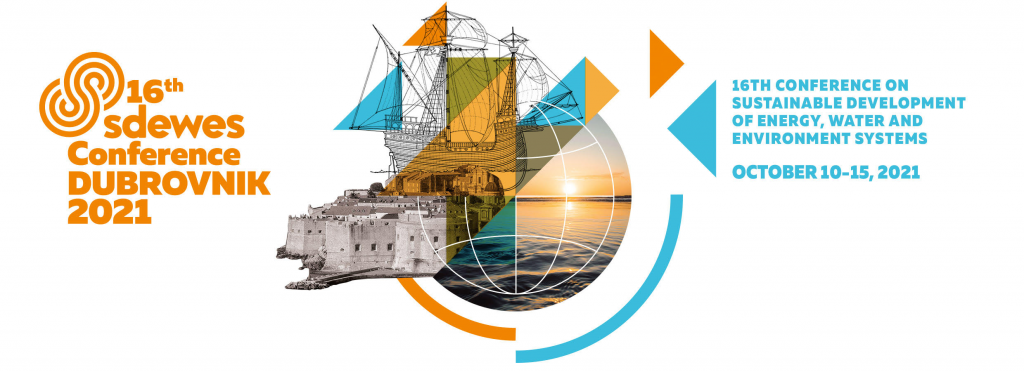Odjel za antene i širenje elektromagnetskih valova (AP), Odjel za teoriju i primjenu mikrovalova (MTT) i Zajednički odjel za zrakoplovne elektroničke sustave te geoznanosti i daljinska istraživanja (AES/GRS) Hrvatske sekcije IEEE, Znanstveni centar izvrsnosti za znanost o podatcima i kooperativne sustave (ZCI-DATACROSS), Zavod za komunikacijske i svemirske tehnologije Fakulteta elektrotehnike i računarstva te Odjel komunikacijskih sustava HATZ pozivaju vas na predavanje:
“Applications of Non-Foster Elements in Antennas and Microwave Devices”
koje će održati prof. dr. sc. Dmitry V. Kholodnyak, Saint Petersburg Electrotechnical University “LETI”, Saint Petersburg, Rusija.
Predavanje će se održati u srijedu, 21. ožujka 2021. godine s početkom u 13:00 sati na platformi MS Teams.
Poveznica za pristup je OVDJE
Sažetak predavanja i životopis predavača nalaze se u nastavku obavijesti.
Summary:
“Applications of Non-Foster Elements in Antennas and Microwave Devices”
Non-Foster negative inductances and capacitances have recently attracted great attention due to the unique frequency dependence of reactance or susceptance that cannot be achieved from passive components and is realized by active circuits such as negative impedance converters (NICs). Non-Foster elements (NFEs) allow for dispersion compensation over wide frequency range and are employed for broadband matching of electrically small antennas, enhancement of a metasurface bandwidth, design of wideband amplifiers and other microwave devices.
Besides the bandwidth broadening, NFEs are promising to address some challenges which can be hardly overcome in a different way. For example, the conventional lumped-element circuits to implement immittance inverters contain negative capacitances or inductances which are typically absorbed by filter elements neighboring to the inverter. The use of NFEs eliminates the need for absorption of the negative capacitances and inductances and therefore offers extra design flexibility that is especially important for tunable filter design. Moreover, NFE-based outer immittance inverters improve the filter return loss performance compared to what is obtained when using conventional outer inverters. A broadband phase inverter can be designed as a cascade of two identical immittance inverters. Such a phase inverter is the key component to design a 180° switchable-channel phase shifter exhibiting the both good input matching and low phase shift error over wide frequency band.
A NIC converts the load impedance into a negative input impedance by flipping the sign of either the load voltage or load current. As a result, the NIC input impedance mimics that of a hypothetical passive negative capacitance or inductance. A practical NIC circuit imposes an impedance conversion error due to imperfections of real transistors. As a result, the desired NFE value is realized with some tolerance that limits the operational bandwidth. Minimization of the NIC conversion error paves the way towards design of NFEs with predictable frequency characteristics and broadband antennas and microwave devices based thereof. A simple and efficient design approach based on NIC circuit decomposition can be used for the purpose as opposed to ‘blind’ CAD optimization.
Biography:
Dmitry Kholodnyak was born in Leningrad (now Saint Petersburg), Russia in 1973. He received the Diploma of Radio Engineer, Ph.D. Degree in Antennas and Microwave Devices, and Dr.Sc. Degree in Engineering, all from Saint Petersburg Electrotechnical University “LETI”. Currently, he is a Full Professor, Deputy Head of the Department of Microelectronics & Radio Engineering of the same university. Since 2020, he has been a Vice Rector and the Director of the Project Office for University Development Programs.
The research interests of Dr. Kholodnyak are focused on microwave applications of metamaterials, high-temperature superconductors, low temperature co-fired ceramics technology, and non-Foster circuits realizing negative inductances and capacitances to design of advanced microwave devices with improved performance and enhanced functionality. He authored over 200 publications including 5 monographs and book chapters, 7 tutorial textbooks, 39 refereed journal papers, over 130 international conference papers, and 16 patents. Dmitry Kholodnyak is a recipient of the 2003 State Prize of the Russian Federation awarded to young scientists for outstanding works in science and technology.
Dr. Kholodnyak is a Senior Member of the IEEE MTT-S and AP-S. He is the Vice Chair of the IEEE Russia Northwest Section. He served as the Chair or the MTT-7 Microwave Superconductivity and Quantum Technologies Committee in 2018-2020. He is also a member of the European Microwave Association (EuMA) and the Institute of Electronics, Information and Communication Engineers (IEICE), Japan.

